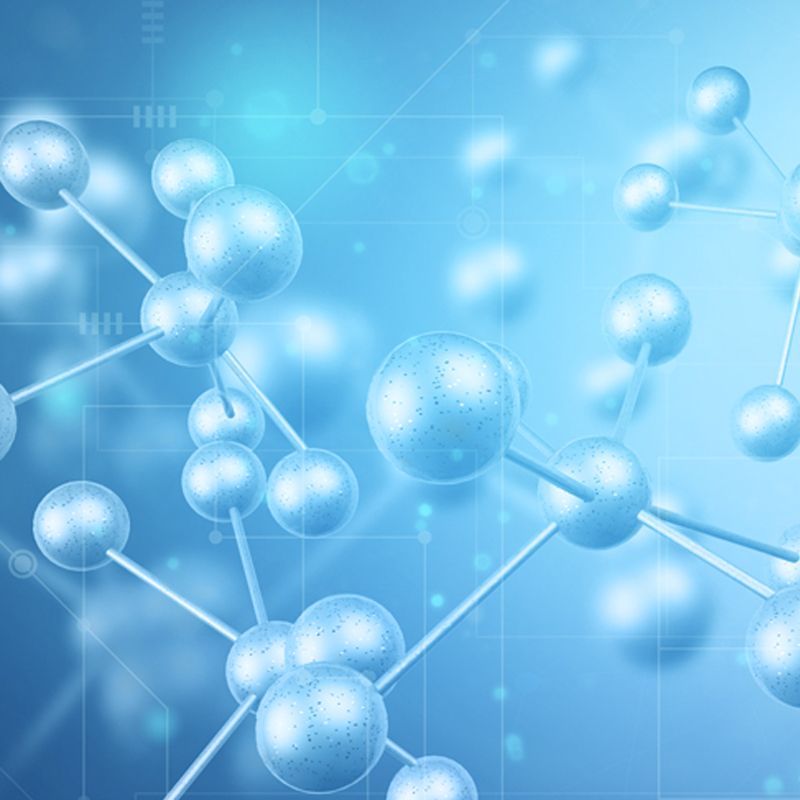A cell disruptor is a commonly used experimental instrument used to break up biological cells and release intracellular substances. The working principle of the cell breaker is based on the principle of physical breaking and mechanical oscillation, and the purpose of cell breaking is achieved by providing enough energy to destroy the structure of cells.
The working principle of the cell disruptor will be introduced in detail below. The main components of the cell disruptor include a speed controller, a crushing chamber, a crushing ball and a sample pipeline, etc. Among them, the speed controller is used to control the rotation speed of the crushing chamber, which is a container for storing samples and crushing balls, and the crushing balls break cells by colliding with samples. Before using the cell disruptor, the appropriate disrupting medium should be selected first. Commonly used crushing media are glass beads, metal beads and quartz beads.
The main considerations in choosing a crushing medium are the nature of the sample and the purpose of the crushing. For example, for fragile cells, smaller glass beads can be used for disruption; for more difficult cells, harder metal beads can be selected. During the crushing process, put the sample to be crushed into the crushing bin, and add an appropriate amount of crushing medium. Then, the rotation speed of the crushing chamber is controlled by the speed controller, so that the crushing medium and the sample have continuous mechanical collision. These collisions can disrupt the structure of the cell through energy transfer, disintegrating cell membranes and organelles, and releasing intracellular materials.
The working process of the cell disruptor mainly involves the following key factors: rotation speed, size and density of the crushing medium, crushing time and temperature. The first is the rotational speed. The choice of rotation speed needs to be adjusted according to different cell types and sample properties.
In general, for soft cells, a higher rotation speed can be selected to increase the frequency of collisions and thus disrupt the cells more efficiently. For stiffer cells, since they are more tenacious, the spin speed can be reduced to reduce sample disruption.
The second is the size and density of the crushing medium. The size and density of the crushing medium will directly affect the crushing effect. Smaller disruptive media can provide more collision points, making it easier to disrupt cellular structures. Larger crushing media requires longer crushing time.
In addition, the density of the crushing medium will also affect the force of the collision, too high a density may lead to excessive fragmentation of the sample. Disruption time is an important parameter for cell disruption. The choice of crushing time should be determined according to the sample type and crushing effect. Typically, the longer the disruption time, the more thoroughly the cells are disrupted, but it can also cause damage to other parts of the sample. The last is temperature control. The effect of temperature on cell fragmentation cannot be ignored. Excessively high temperature may cause denaturation of proteins and nucleic acids in cells, thus affecting the fragmentation effect. Therefore, it is recommended to perform cell disruption under cryogenic conditions, which can be reduced by using a chiller or operating on ice.
Cell disruptors play an important role in biological research. By reasonably controlling parameters such as rotational speed, size and density of crushing medium, crushing time and temperature, efficient crushing of cells can be achieved. After the cells are broken, various types of substances in the cells can be obtained, such as proteins, nucleic acids, enzymes, etc., which provide an important premise for subsequent analysis and research. In short, the cell disruptor is an important experimental instrument, and its working principle is based on the principle of physical breaking and mechanical vibration. Efficient disruption of cells can be achieved by controlling different parameters such as rotation speed, size and density of disruption medium, disruption time and temperature. The cell disruptor is widely used, providing convenience and support for researchers in related research in the field of biology.

Post time: Sep-06-2023
